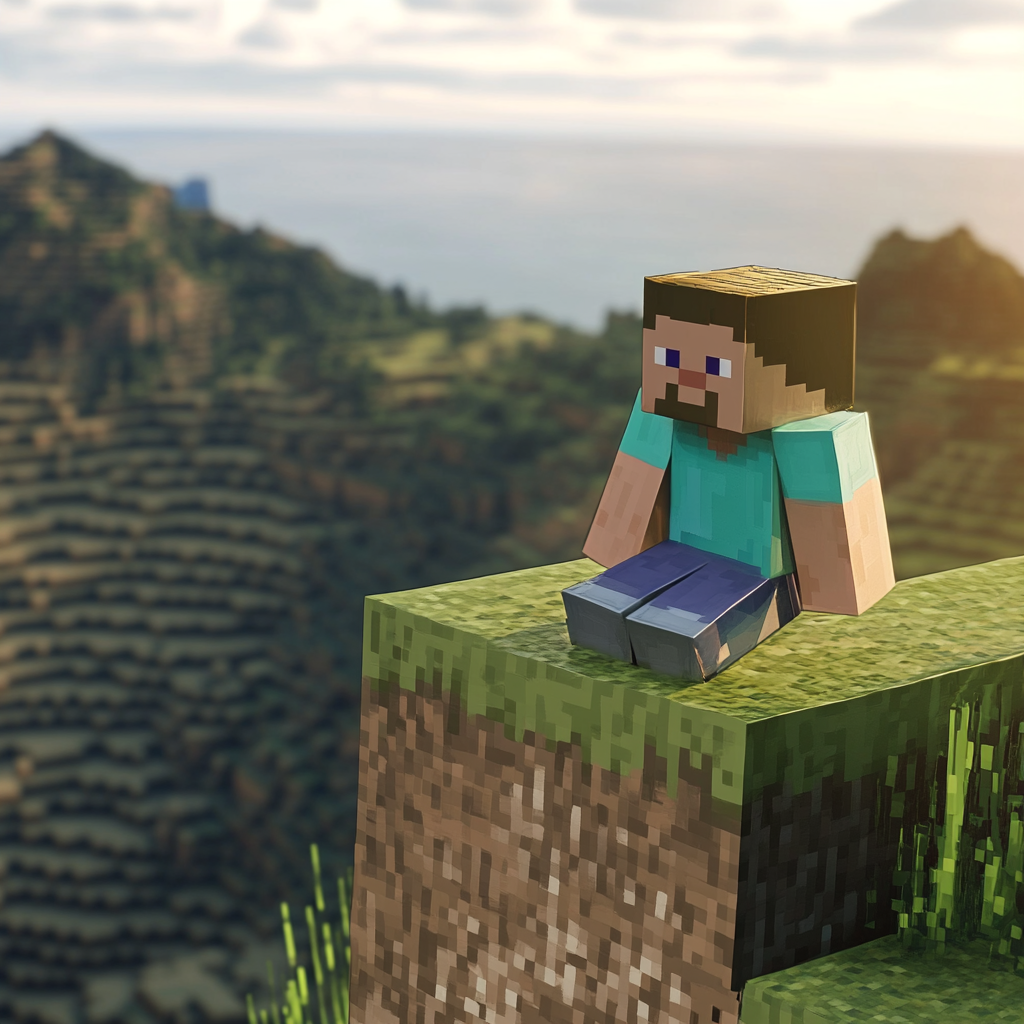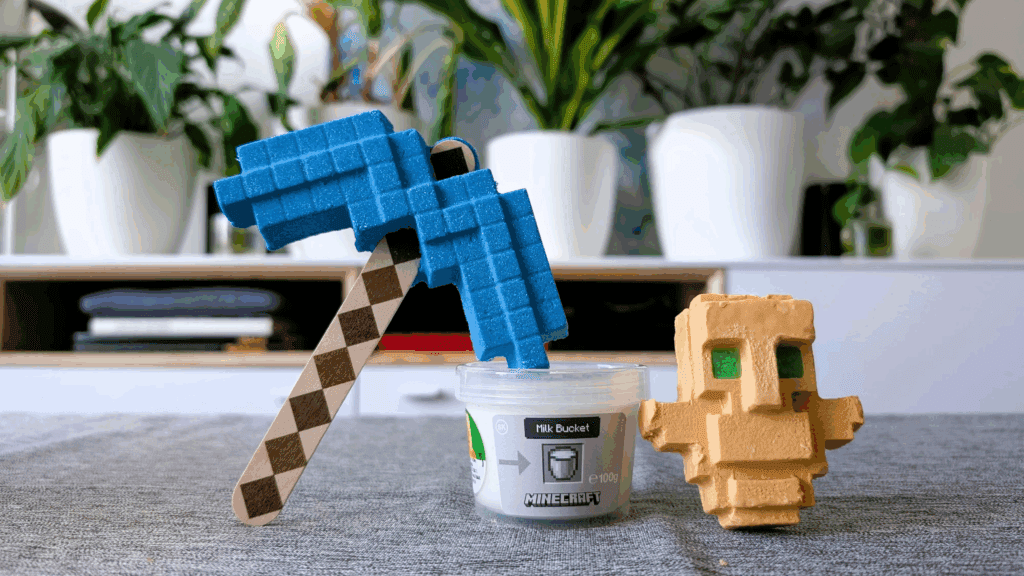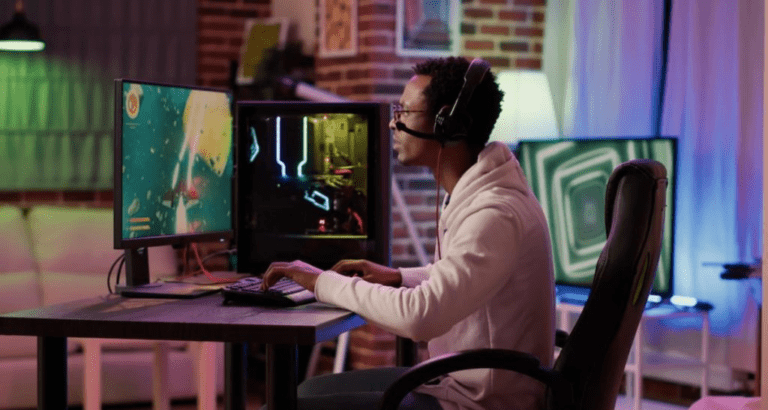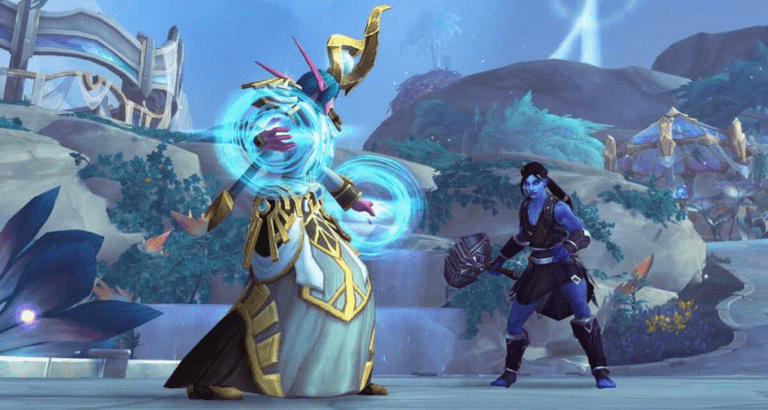Few games have achieved the cultural and financial dominance of Minecraft. Since its launch in 2009, this pixelated sandbox has evolved into a multi-billion-dollar phenomenon, captivating over 300 million players worldwide. But how does minecraft make money?
How a game with no scripted narrative or hyperrealistic graphics sustain such staggering success? The answer lies in a meticulously crafted, multi-layered revenue model that balances creativity, community, and commerce.
In this article, we’ll explore the strategies fueling Minecraft’s financial engine, from its humble indie origins to its current status as a Microsoft-owned titan. Learn how Minecraft makes money after all these years!
You may also like: Is Minecraft an indie game after all these years?
How Does Minecraft Make Money?

Minecraft’s genius lies in turning players into partners. The Minecraft Marketplace, an in-game store, allows users to buy skins, texture packs, and custom worlds using Minecoins, a virtual currency purchasable with real money.
Creators earn 30–50% of each sale, incentivizing a steady stream of fresh content. This model transforms the game into a platform for user-generated innovation, ensuring players always have new experiences without requiring Mojang to constantly develop official expansions.
In 2023, mobile in-app purchases alone contributed $82.28 million, proving the power of microtransactions even in a premium game. The Marketplace’s success underscores a broader trend: modern gamers value customization, and Minecraft capitalizes on this by blending creativity with commerce.
And the Minecraft Marketplace is more than an in-game store, it’s a thriving economy built on player creativity.
Players buy Minecoins in bundles (e.g., 320 coins for $1.99), which creates a psychological buffer between real money and in-game purchases, subtly encouraging spending. This token system, combined with curated “Featured” items and seasonal promotions, drives consistent engagement.
Brand collaborations further amplify this model. Partnerships with franchises like Halo or Star Wars introduce licensed skins and worlds, attracting fans outside Minecraft’s core audience.
These limited-time offerings create viral moments, as seen when the Star Wars: The Mandalorian pack sold 1.2 million copies in its first week. Mojang also leverages cross-promotion with platforms like TikTok and YouTube, where influencers showcase Marketplace items to millions, blurring the lines between entertainment and advertising.
Crucially, the Marketplace’s design prioritizes accessibility. Players can browse and buy directly within the game, eliminating friction, while parental controls ensure safe spending for younger users. This seamless integration has made the Marketplace a blueprint for modern in-game economies.
For developers, it underscores a critical lesson: empower your community, and they’ll become both your content engine and marketing team.
Minecraft’s success here isn’t just about transactions, it’s about fostering a culture where creativity is currency. As Business of Apps notes, this strategy has kept the game relevant across generations.

Subscriptions and Services: Building Recurring Revenue
At its core, Minecraft makes money by being a premium game. Unlike free-to-play titles, it requires an upfront purchase, with pricing varying by platform:
- PC/Console Editions: $20–30
- Mobile (Pocket Edition): $7.
This one-time payment model has driven colossal sales, with over 300 million copies sold as of 2023. Crucially, Minecraft’s availability across PC, consoles, mobile, and VR ensures it taps into diverse markets. By avoiding platform exclusivity, Minecraft maximizes its reach, appealing to casual mobile gamers and dedicated PC builders alike.
But while initial sales provide a revenue spike, subscriptions ensure long-term stability. Minecraft Realms, a private server hosting service, offers monthly plans starting at $7.99, enabling players to create persistent worlds for friends.
This subscription model guarantees predictable income, with Realms Plus bundling Marketplace content to enhance value.
Equally impactful is Minecraft: Education Edition, licensed to schools for STEM and creativity-based learning. By targeting institutions, Minecraft taps into a niche yet lucrative market, demonstrating how games can transcend entertainment.
These services exemplify Mojang’s strategy: diversify revenue streams while deepening player engagement.
Merchandise and Licensing: Beyond the Screen

Minecraft’s blocky aesthetic isn’t confined to screens. Licensing deals with brands like LEGO have spawned bestselling toy lines, while collaborations with Sonic the Hedgehog and Star Wars introduce cross-promotional content.
Merchandise, ranging from apparel to cookbooks, extends the brand into everyday life, creating a $4.2 billion revenue ecosystem.
The 2025 Minecraft Movie further illustrates this expansion. Grossing $876 million globally, it showcases how intellectual property can transcend mediums, turning players into moviegoers and vice versa. Such partnerships amplify Minecraft’s visibility while opening new profit channels.
Spin-Offs and Strategic Evolution
Innovation keeps Minecraft relevant. Spin-offs like Minecraft Dungeons (a dungeon-crawler) and Minecraft Earth (an AR game) cater to different playstyles, attracting audiences beyond the core sandbox community.
Meanwhile, updates like the Caves & Cliffs expansion refresh the base game, retaining veterans and enticing newcomers.

Microsoft’s 2014 acquisition of Mojang for $2.5 billion provided resources for this evolution. By integrating Minecraft into Xbox Game Pass, Microsoft leverages subscriptions to drive engagement, proving that adaptability is key to longevity.
Lessons for Aspiring Game Developers
Minecraft’s financial success is a masterclass in balancing player-centric design with savvy monetization. Key takeaways include:
- Empower Your Community: User-generated content fosters loyalty and reduces development costs.
- Diversify Revenue Streams: Combine upfront sales, subscriptions, and merchandise to mitigate risk.
- Prioritize Accessibility: Cross-platform availability ensures maximum reach.
For indie developers, these principles are especially vital. Platforms like Unity and Unreal Engine have democratized game creation, but standing out requires both creativity and strategic monetization.
Minecraft started as a passion project and became a global empire, proving that games thrive when they prioritize player agency and innovation. Its revenue model, a blend of sales, subscriptions, and partnerships, offers a roadmap for developers aiming to build enduring titles.
Here at Main Leaf, we understand the challenges of transforming visionary ideas into profitable games. With over a decade of experience, our team specializes in full-cycle game development, from concept to launch.
Whether you’re inspired by Minecraft’s success or charting your unique path, we’re here to help you navigate the complexities of the industry.
Ready to build your blockbuster? Explore our services or learn more about the rise of indie game studios on our blog.

